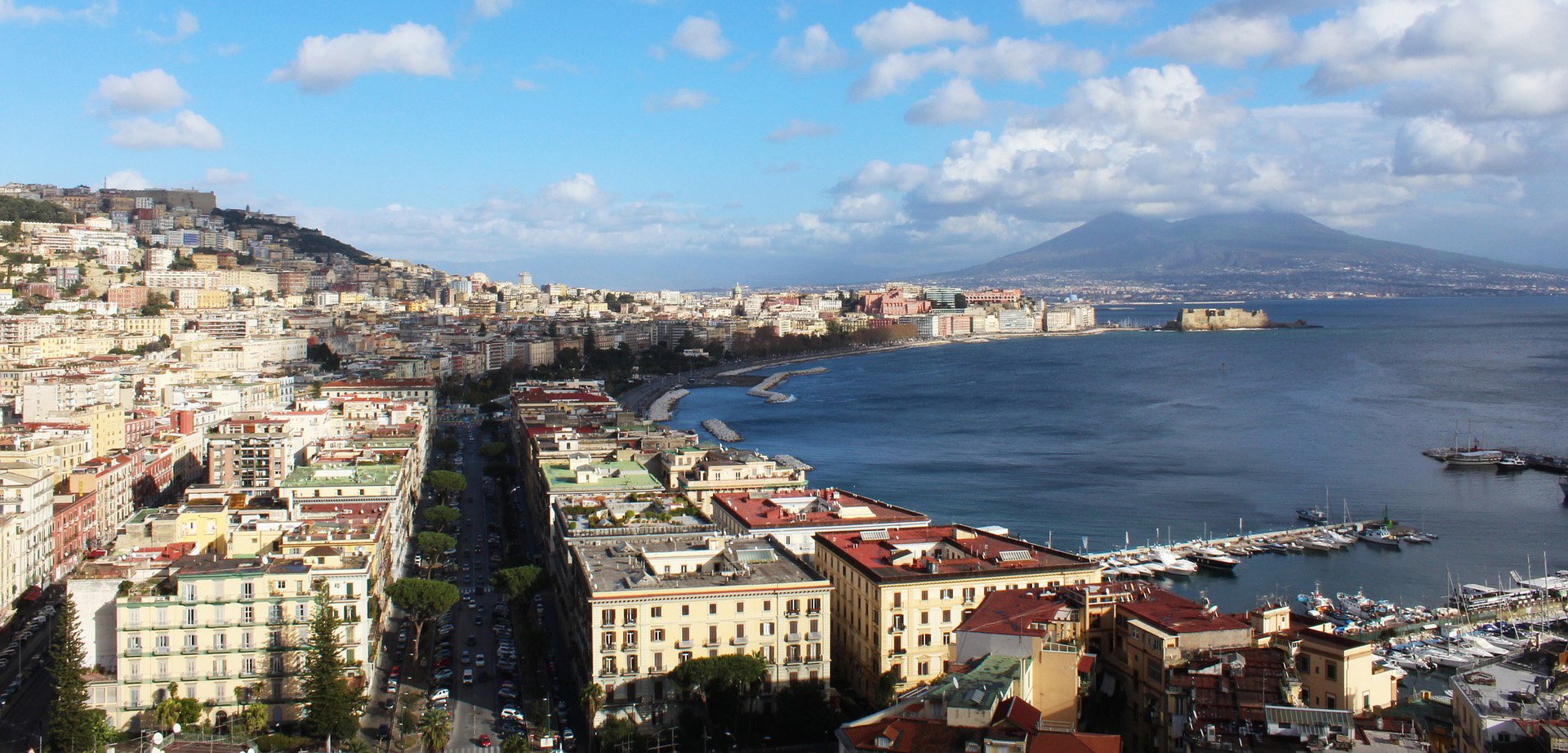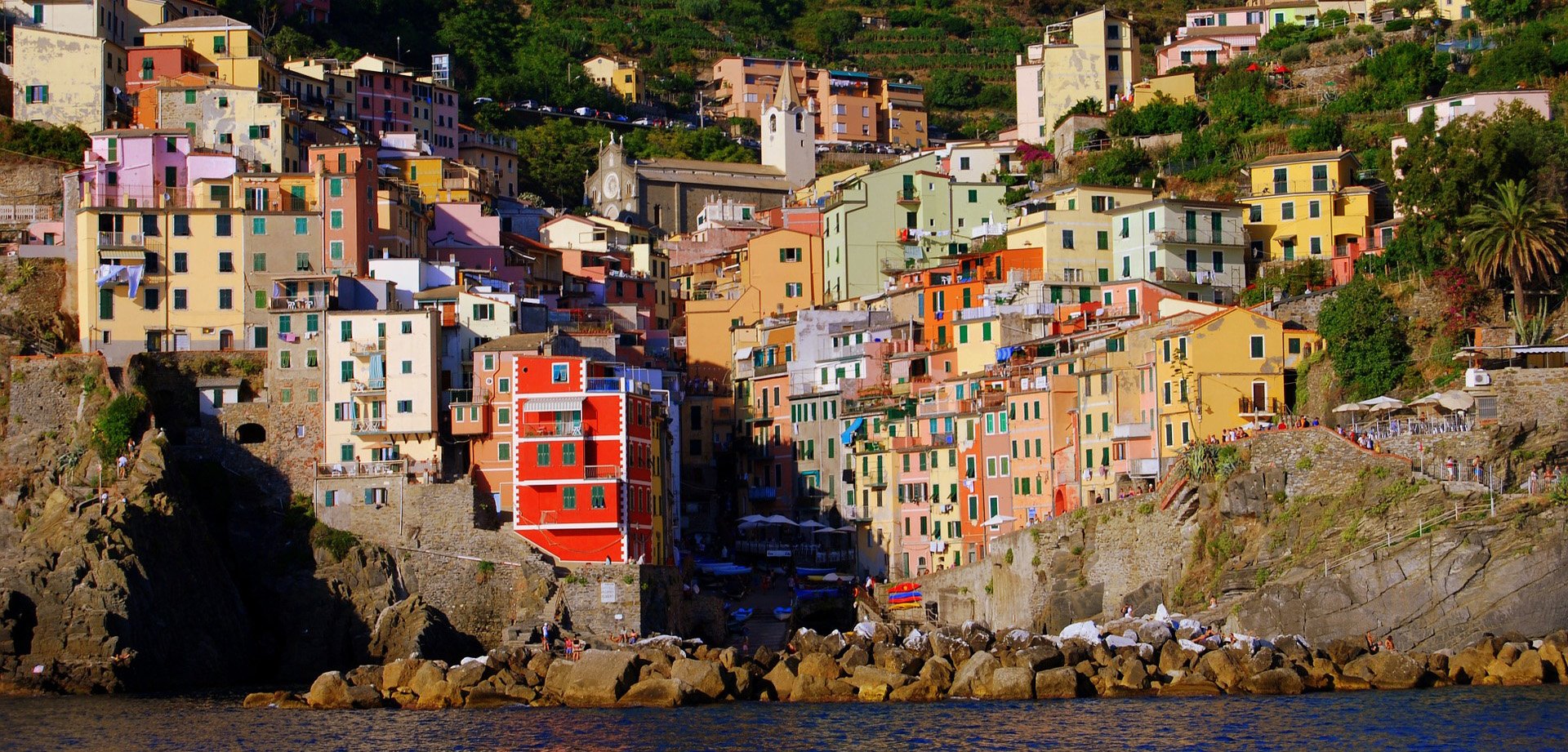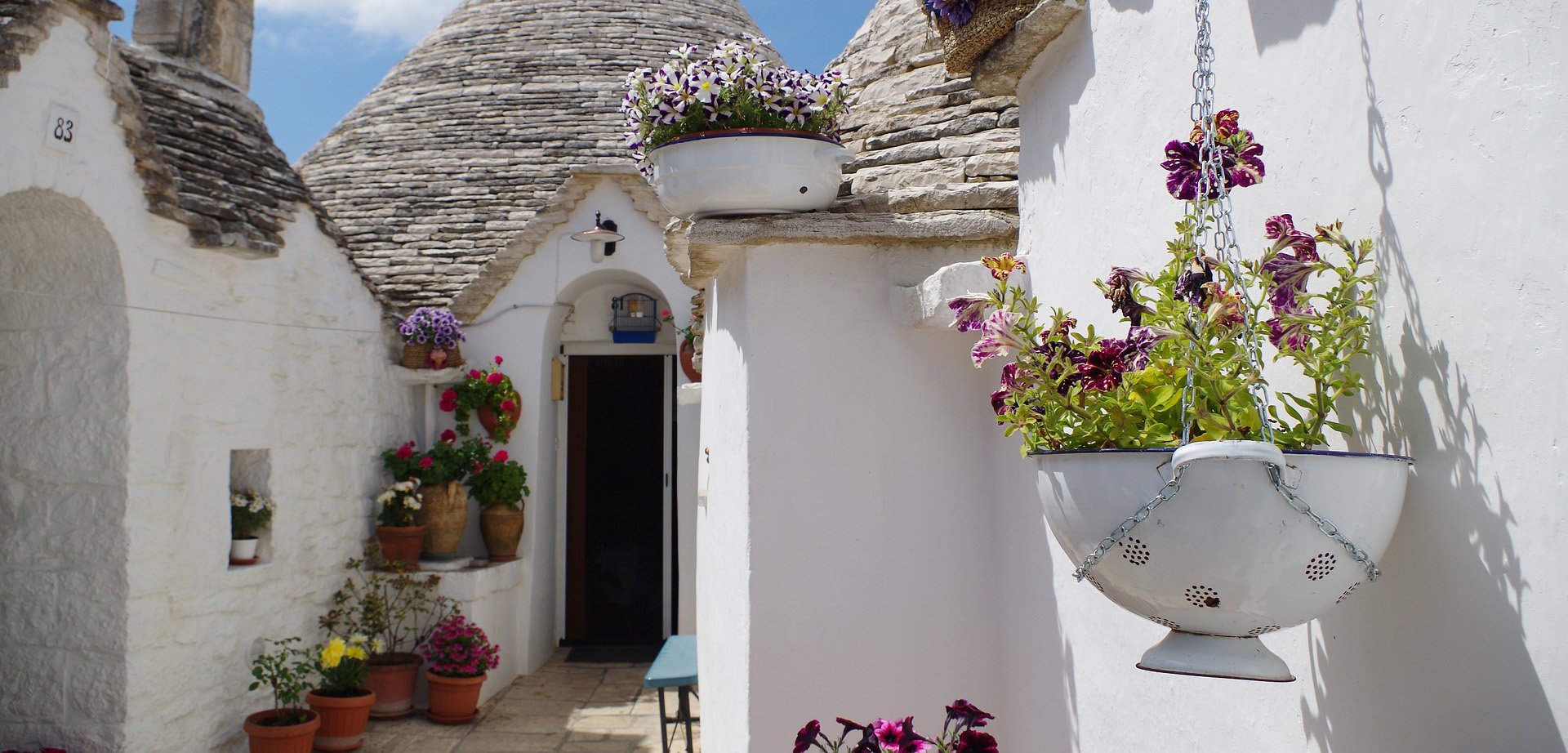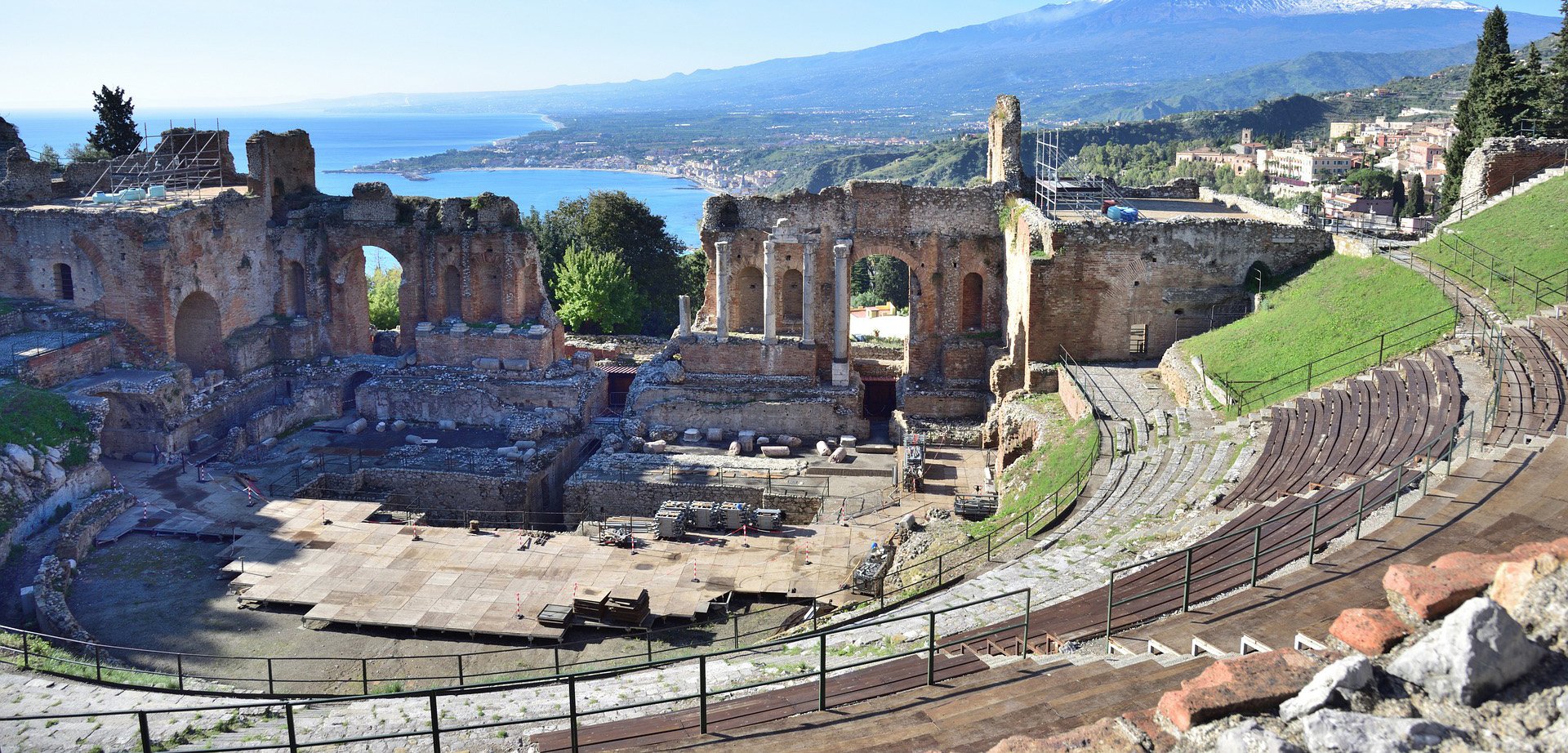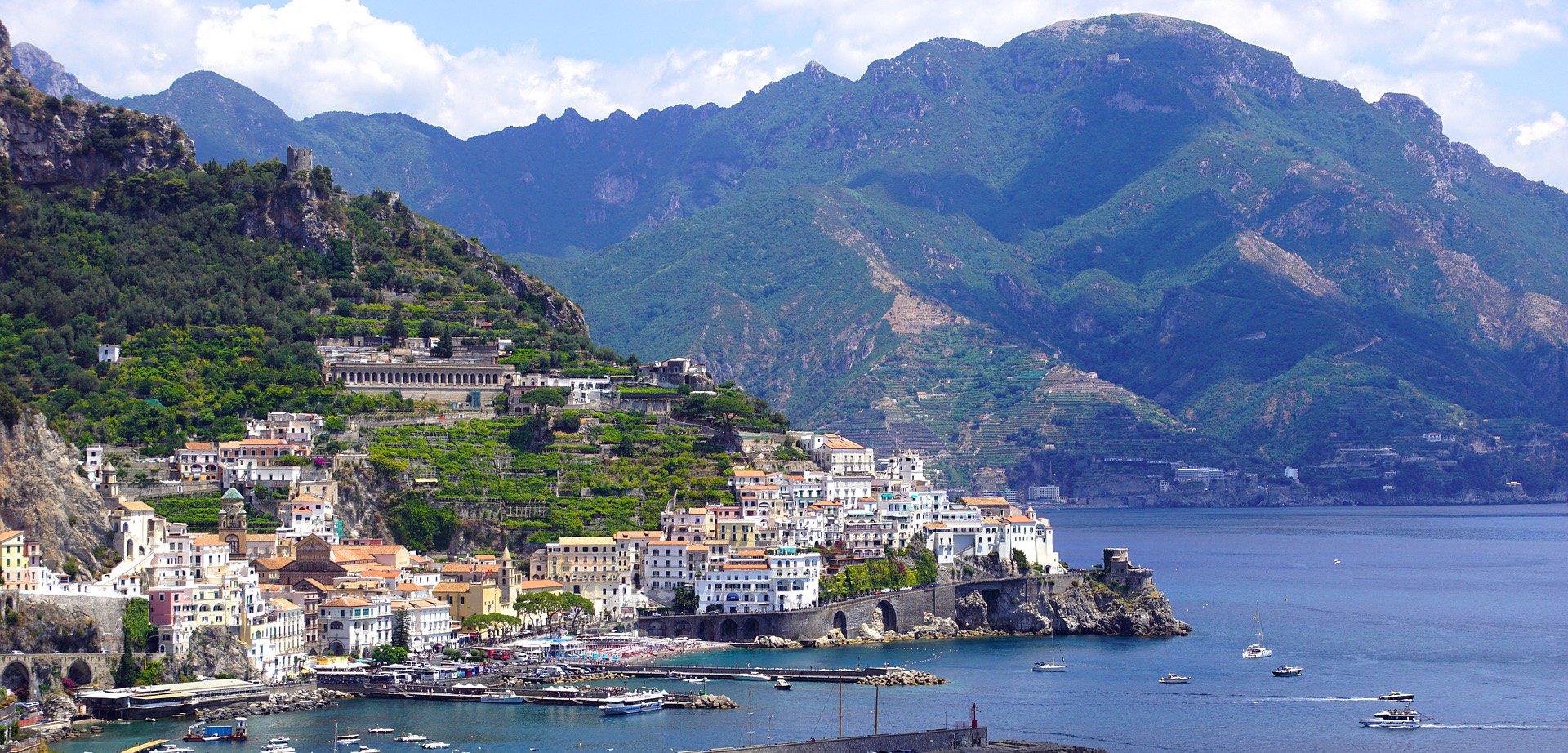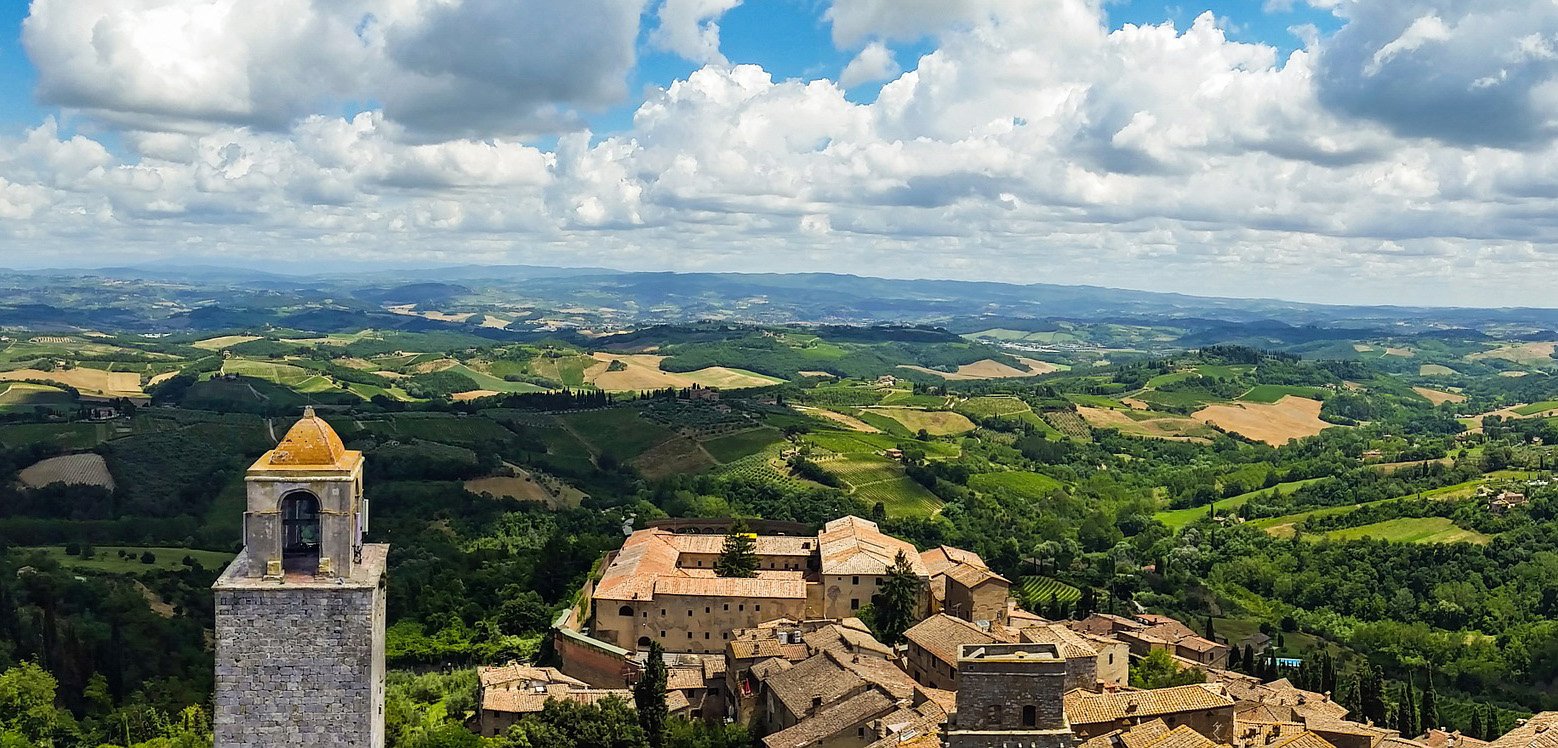Italy Experiences
Rome
Nicknamed the Eternal City, Rome is Italy’s capital. It is one of Europe’s richest cities in history, architecture, art, cuisine, shopping and general daily life. Westerners for many centuries considered Rome the world’s capital. Its historic center is a UNESCO World Heritage site. It was dominated by the Papacy throughout the Middle Ages and when visiting Rome, you also visit the Papal State, Vatican City, the smallest country in the world. Among the most significant sites and museums are the Musei Capitolini, the Vatican Museums and the Galleria Borghese and others dedicated to modern and contemporary art; aqueducts, fountains, churches, palaces, historical buildings, the monuments and ruins of the Roman Forum, and the Catacombs.
Venice
Quite possibly Europe’s most unique city, Venice was once an economic powerhouse and the queen of the Adriatic. Traveling down the Canale Grande, the former wealth of La Serenissima is visible in the palaces along this main waterway. Venice is best discovered by walking. Piazza San Marcus, the Doge’s Palace, St. Mark’s Basilica, Rialto Bridge and the Bridge of Sighs among many other are must visits. When not walking, take a Gondola, Venice’s traditional and special transportation to discover the city from its many canals, large and small. Access to Venice can be by car, train or air.
Naples
Naples is one of the oldest continuously inhabited urban areas in the world, it was settled by Greeks. The area played a major role in the merging of Greek and Roman society, and was a significant Roman cultural center. The city center is designated a UNESCO World Heritage site.
Naples' 2,800-year history has left it with a wealth of historical buildings and monuments, from medieval castles to classical ruins, and a wide range of culturally and historically significant sites nearby, including the Palace of Caserta and the Roman ruins of Pompeii and Herculaneum.
Naples is widely known for its wealth of historical museums. The Naples National Archaeological Museum is one of the city's main museums, with one of the world’s most extensive collections of the Roman Empire. It also houses many of the antiques found at close by Pompeii and Herculaneum, as well as artifacts from Greek and Renaissance times.
Don’t forget to try Pizza. It was invented here.
Cinque Terre
The area and villages are documented in the 11th century. Monterosso and Vernazza were settled first and the other villages grew later within the territory of the Republic of Genoa.
An ancient system of footpaths is still the best way to travel between the five villages. The Cinque Terre is noted for its beauty. Terraces many hundred years old have carefully been built to cultivate and harvest olives and grapes while affording breathtaking views over the Mediterranean Sea below.
Apulia Region
Located in the warm, southern peninsular section of the country, bordering the Adriatic Sea to the east, the Ionian Sea to the southeast, Apulia represents the heel of the Italian boot. It is home to two national parks, the Alta Murgia National Park and Gargano National Park. There are an estimated 50 to 60 million olive trees in Apulia, and the region accounts for 40% of Italy's olive oil production. The area features unique round houses called Trulli. Surviving trulli are popular among Europeans and often, are bought and restored for general use. Trulli are protected under the United Nations Educational, Scientific, and Cultural Organization (UNESCO) world heritage law.
Northern Lakes Region
Stretching across the southern pre-alpine landscape, the northern parts of the lakes offer beautiful, alpine, mountainous scenery while their southern ends are flat entering the north Italian plain. The Italian Lakes combine good weather with beautiful vistas and a mild climate supporting Mediterranean vegetation and beautiful Gardens. Lakes most popular are Como, Maggiore, Garda. Access to the region is easiest from Milan which services international flights.
Florence
Florence, the birthplace of the Renaissance and one of the wealthiest cities in medieval Europe lies in the Tuscany region. Its historic center is listed as a UNESCO World Heritage site. Despite the strong presence of Renaissance architecture within the city, traces of medieval, Baroque, Neoclassical, and modern architecture can be found. The Palazzo Vecchio as well as the Duomo, (cathedral) are the two buildings dominating Florence's skyline. Ponte Vecchio (Old Bridge) is Florence’s most famous bridge with its multitude of shops built upon its edges, held up by stilts. Plenty of museums are within the city, one of the most important and popular is the Uffizi Gallery where you can see works of art from Botticelli, Michelangelo, Leonardo da Vinci, Raffaelo and more.
Milan
Italy’s second city and economic powerhouse is Milan. Situated in northern Italy, it is the capital of the Lombardy region. Milan Cathedral is the largest Gothic cathedral in the world. The Royal Villa of Milan exemplifies one of the finest examples of neoclassical architecture in Lombardy.
Leonardo da Vinci’s painting The Last Supper, together with the church of Santa Maria delle Grazie, is a UNESCO World Heritage Site. The work is a late 15th-century mural painting by the famous Italian artist housed by the refectory of the Convent of Santa Maria delle Grazie. It is one of the Western world's most recognizable paintings. Milan is also home to La Scala, the world's most famous opera house, founded in 1778. For those who love shopping, visit the historic Galleria Vittorio Emanuele II, one of the city's largest shopping centers.
Sicily
The island of Sicily, largest in the Mediterranean and part of Italy, has a rich and unique culture with regard to the arts, music, literature, cuisine, and architecture. It is also home to important archaeological and ancient sites, such as the Necropolis of Pantalica, the Valley of the Temples, Erice and Selinunte. Mount Etna dominates the Eastern landscape as Europe’s tallest and most active Volcano. The mountain is regarded as a cultural symbol and icon of Sicily.
Sicily's sunny, dry climate, scenery, cuisine, history, and architecture attract many visitors from abroad. Mount Etna, the beaches, the archaeological sites, and major cities such as Palermo, Catania, Syracuse, and Ragusa are favorite destinations.
Amalfi Coast
A UNESCO World Heritage site, the Amalfi coast is best accessed from Naples Airport (NAP). The Amalfi Coast benefits from Mediterranean climate with warm summers and mild winters, similar to Southern California. It is located on the relatively steep southern shore of the Sorrentine Peninsula providing the visitor with beautiful views of the towns, coast and sea; a truly romantic landscape. The only land route to the Amalfi Coast is the 25 miles long Road 163 which runs along the coastline from the town of Vietri sul Mare to Positano.
Tuscany
A popular province and destination in Italy, the main tourist spots in Tuscany are Florence, Pisa, and Siena. Additionally, the Maremma region, Lucca, the Chianti region, Versilia and Val d'Orcia are also internationally renowned and particularly popular spots among travelers. Seven Tuscan localities have been designated World Heritage Sites: the historic centre of Florence; the Cathedral square of Pisa; the historical center of San Gimignano ; the historical center of Siena; the historical centre of Pienza; the Val d'Orcia and the Medici Villas and Gardens.
![SITA Canada Final_color [Converted]new_for_wp SITA Canada Final_color [Converted]new_for_wp](https://sitatourscanada.com/wp-content/uploads/2019/12/SITA-Canada-Final_color-Convertednew_for_wp.png)


